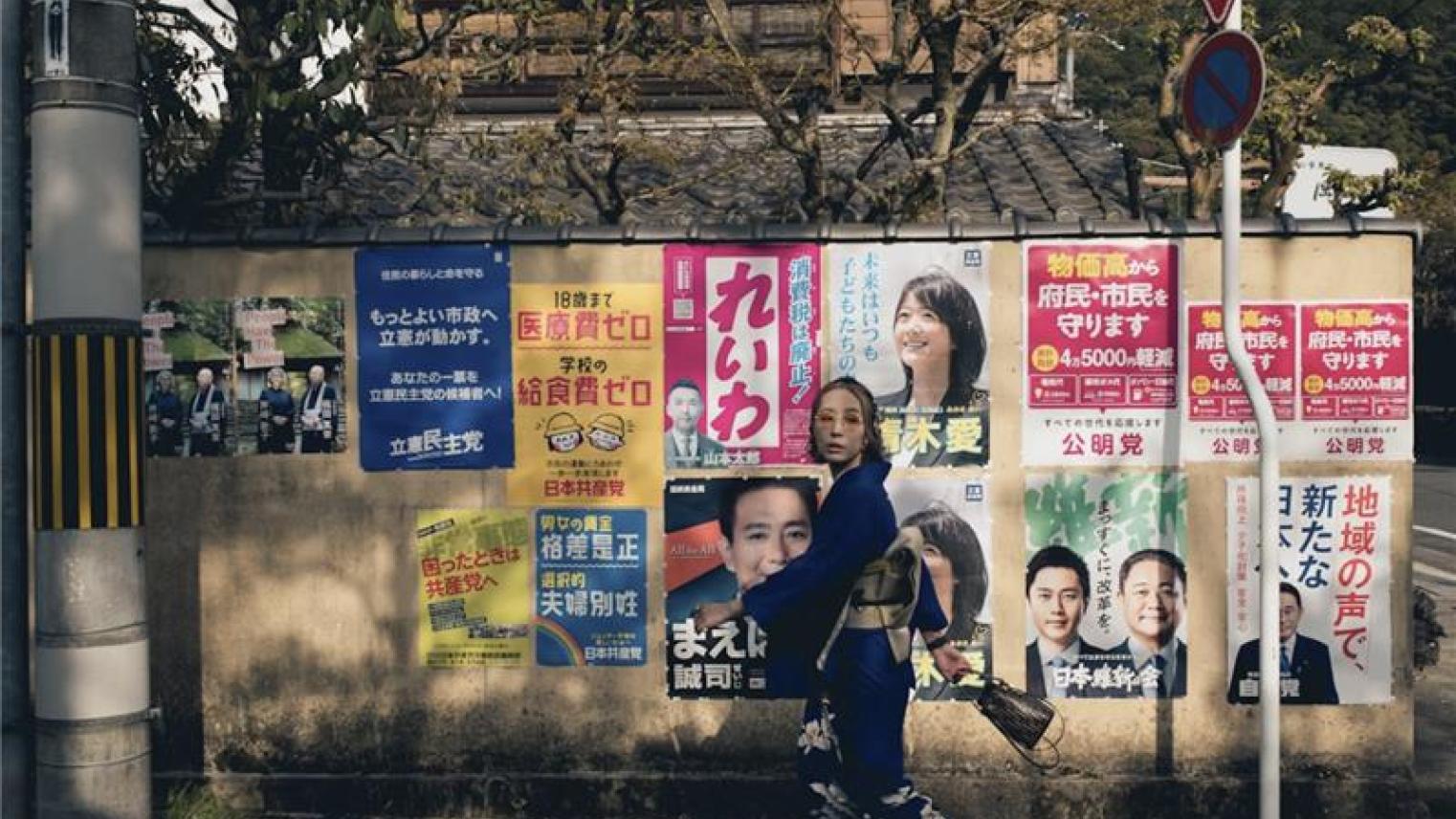Japan’s upper house election delivers political uncertainty with big implications

The Japanese upper house election last week offered voters an opportunity to embrace stability or deliver change. The results landed somewhere in between, and the indecisive result will pose a challenge for Japanese efforts to exercise international leadership. The election also saw the serious emergence of conspiracy-fuelled populism. The legacy of the election will hinge on whether this movement becomes entrenched or proves to be a flash in the pan.
The election could have been a decisive contest for government control. The Liberal Democratic Party (LDP)–Komeito governing coalition had been relegated to minority status in the October 2024 lower house election. A clear LDP upper house loss could have paved the way for an opposition-led transition of power. On the other hand, a convincing LDP victory might have enticed an opposition party to join the ruling coalition, stabilising the government.
Instead, the Japanese people delivered a distinctly mixed result. The ruling LDP coalition lost 19 seats and fell short of an upper house majority — but only just, securing 47 out of their 50-seat target. This number could drift higher, since the roster of victors include several unaffiliated candidates with LDP roots. The outcome gave Prime Minister Shigeru Ishiba enough confidence to initially declare that he would remain in office. But his determination immediately faced scepticism from both inside and outside his own party.
The LDP retained enough seats to make it difficult for the opposition to form a majority coalition in the upper house. Barring significant defections from the LDP, an opposition coalition would require cooperation among parties on opposite ends of the political spectrum like Sanseito and the Japanese Communist Party. This means a continuation of the LDP–Komeito minority government is likely for the time being.
The LDP will try to entice one of the opposition parties, such as the Democratic Party For the People or Japan Innovation Party, into a governing coalition. But Ishiba’s low approval rating makes this an unattractive proposition. One possibility is replacing Ishiba or offering the prime ministership to a potential coalition partner, as the LDP did for the socialist Tomiichi Murayama in 1994.
The political stalemate is not all bad news. The election runup featured escalating promises of unsustainable tax cuts and giveaways in a country with one of the highest public debt loads in the world. Japanese bonds yields briefly spiked as an opposition victory seemed imminent. The indecisive outcome gives none of the parties an easy path to implement their fiscal giveaways. Japanese voters may have inadvertently avoided a Liz Truss-style financial panic.
But the election contributes to political instability and weakened leadership as Japan faces mounting pressure from the US government under Donald Trump. The two governments reached a tariff deal shortly after the election, but Trump could renege at any time, and pressure will continue for Japan to further increase defence expenditures. The election result will further undercut Ishiba’s authority without creating an obvious path for strong alternative leadership.
A major feature of the election was the rapid rise of Sanseito, a xenophobic populist party that secured 14 seats, about 11 per cent of the contested total. Sanseito takes inspiration from Donald Trump. The party attracted initial attention by promoting antisemitic and anti-vaccine conspiracy theories in the aftermath of the COVID-19 pandemic. The party’s campaign poster features the slogan ‘Do not destroy Japan any further!’ and portrays the party’s candidates as direct successors to World War II kamikaze pilots.
Sanseito generated considerable social media buzz by adopting the slogan ‘Japanese first’, stoking baseless conspiracy theories against Japan’s tiny population of foreigners. Prior to the election, Japan did not seem ripe for xenophobic populism. In recent years, public polling generally suggested ambivalence or contentment with current immigration policy, and Japan had largely escaped extremist populist movements.
The key question for the future of Japanese politics is whether something has fundamentally changed. One could argue that Sanseito is nothing more than the latest one-hit wonder among a string of minor political parties that briefly captured public excitement but failed to achieve sustained success in national elections. According to exit polls, Sanseito’s surge in support came primarily from unaffiliated floating voters who turned out in greater numbers than usual. This is the type of fickle voter who could quickly turn against or swing back to the LDP.
But there are also secular changes transforming Japanese politics. Newspaper subscriptions have been declining and younger generations are heavily reliant on social media for political information. The 2024 Hyogo gubernatorial election underscored the shifting winds: governor Motohiko Saito was removed from office after a major harassment scandal, but he secured re-election by mobilising voters through a conspiracy-fuelled social media campaign.
Sanseito likely attracted support during this electoral cycle because it was seen as a clear option for change, much like the Democratic Party For the People, which made comparable gains among a similar demographic. Japanese voters are frustrated with LDP after more than a decade of rule and major financial scandals. Routine rotations of power are a hallmark of robust democracy.
Japanese democracy is on precarious footing if a large segment of the population becomes untethered from reality. Disinformation and foreign interference are serious national security threats. If Sanseito continues to follow the Trump playbook, it may not be long before Japan faces election denial and questioning of basic democratic norms and institutions. It is up to the Japanese people and government whether this election becomes a harbinger of dark times or nothing more than a historical footnote.
Phillip Y Lipscy is Professor of Political Science and Director of the Centre for the Study of Global Japan at University of Toronto. He is also Professor at the Faculty of Law, University of Tokyo.